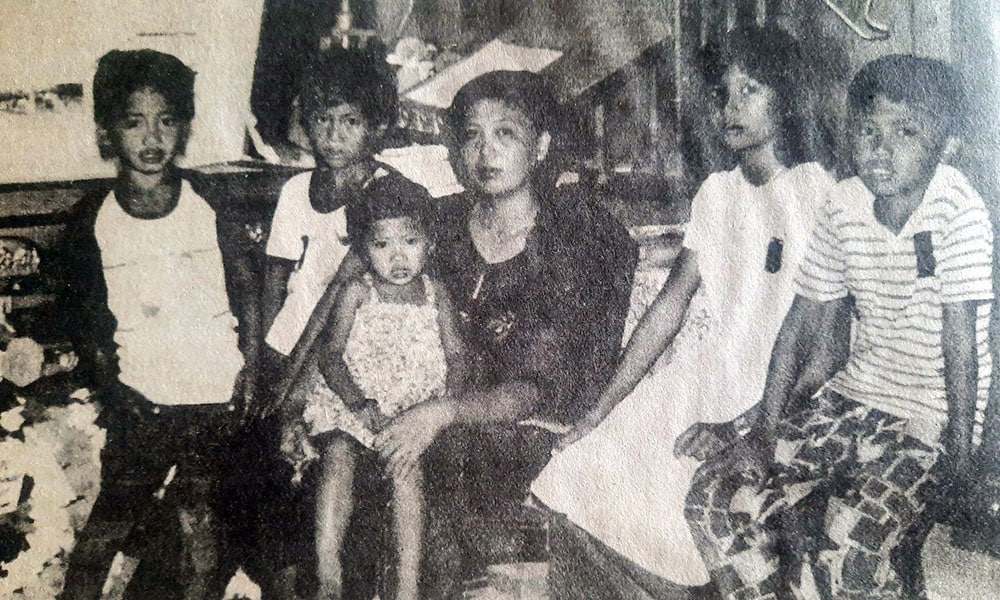A hopeful look at the new Pangasinan SP
 By Eva C. Visperas
By Eva C. Visperas
AFTER over three decades of covering the Sangguniang Panlalawigan (SP) of Pangasinan, I must say I have seen it all — the ceremonial resolutions, the recurring motions authorizing the governor to enter into this or that agreement, the perfunctory roll calls, and, yes, the painfully predictable flow of sessions that seldom offered sparks of intellectual debate or dissent.
But something about the recent composition of our provincial board gives me reason to be hopeful.
This year, Pangasinan welcomes a mixture of old and new representations in the SP — a full slate of board members for each of the province’s six congressional districts. This setup, if wielded wisely, could foster genuine grassroots legislation, better representing the diverse needs of each locality.
What we need, and earnestly hope for, is a board where members are not mere elegantly dressed attendees, but active participants — bringing issues from the ground to the session hall, voicing dissent when needed, and helping craft solutions beyond commendations and congratulations.
Equally important are the sectoral representatives — from the Liga ng mga Barangay, the Sangguniang Kabataan, and the Councilors’ League — whose very presence in the SP should serve as a reminder that governance includes the barangays, the youth, and the councilors from every corner of the province.
And being “the voice” of these sectors means more than leading the opening prayers and answering ‘present’ during roll calls. It means speaking up. It means fighting for sectoral concerns in ordinances and resolutions. It means standing up to fiscalize when needed, not merely showing up to fraternize. It means asking the tough questions, not just sharing friendly handshakes.
A renewed hope also stirs with the return of Ranjit Ramos Shahani as board member for the Sixth District. His unexpected yet welcome victory hints at something deeper than a campaign strategy — it’s a reflection of the trust his kadistrito continues to place on him. His track record as a legislator, both in the SP and in Congress, was never about grandstanding but about grounding — raising issues that matter, delivering arguments that spark thought, and contributing perspectives that move legislation forward.
When Ranjit spoke in session, people listened — not because he demanded attention, but because he earned it through eloquence, clarity, and relevance. Could he bring that kind of life back into the hall of the SP? We certainly hope so.
At the helm, Vice Governor Mark Lambino continues to preside with both grace and grit. Always prepared, always thoughtful, and never one to brush off questions from the media, Lambino is the steady hand this board needs. His knowledge of the inner workings of the provincial government is commendable, and his readiness to explain and engage shows a deep respect not only for the legislative process but also for public accountability.
But no matter how competent the presiding officer is, the SP must also rely on its members to bring richness to the discussions. I miss the healthy debates. I miss the eloquence. I long for ordinances that do more than recognize winners of contests — ones that respond to our pressing problems: disaster risk management, digital infrastructure in rural schools, better agricultural programs, environmental protection, health services, and sustainable tourism.
Let’s hope the new board turns a new page — one that doesn’t shy away from discussion, that balances unity with scrutiny, and that makes the SP a place not just for legislative ritual, but for real and relevant lawmaking.
Because the beauty of having smart, dedicated board members is not in how well they pose for photos or nod in agreement, it is in how deeply they think, how clearly they speak, and how bravely they stand for the people they represent.
If the new SP of Pangasinan dares to embrace that spirit, then perhaps, after 30 long years, we’re about to see real fireworks (again)!







